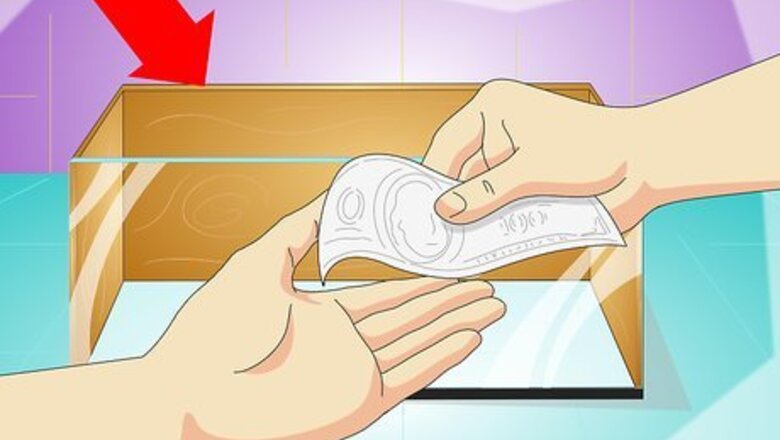
views
Beginning the Vivarium

Buy a vivarium. You can buy your vivarium from a pet store. You can also check online sellers and auction sites, like eBay. There are glass, PVC, Melamine, ABS, and vision cages to choose from. A traditional vivarium has wooden sides with a sliding glass frontage. This model is highly recommended. Fish tanks can work, but they are far from ideal. You have to be careful with tanks that open overhead because bearded dragons can get scared if you hover above them. You will have to acclimate your pet to you by placing your hand inside the tank opposite of your bearded dragon and moving it towards the pet. They are thermally inefficient and lose heat quickly.
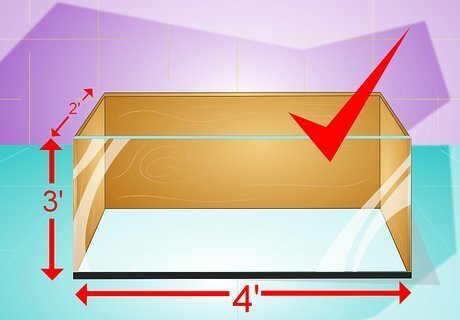
Make sure your vivarium is the appropriate size. The minimum length for a vivarium is four foot. The dimensions of a typical vivarium are four feet long x three feet high x two feet deep. Bearded dragons are largely ground dwelling but love to climb over low branches, so a long vivarium offers the dragon a chance to wander around and climb over branches provided as part of the vivarium furniture. Though some sources may say that juvenile bearded dragons may get lost in large, four feet vivariums, most people believe this is false since they are not limited to small habitats in the wild.
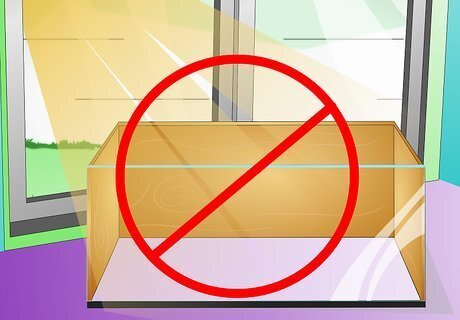
Place the vivarium in the proper place. Keep the vivarium out of direct sunlight. Too much sunlight can make controlling the temperatures in the vivarium hard. The vivarium also needs to be in a quiet place. Loud noises may cause stress on your bearded dragon.

Set up the vivarium before you buy your pet. You need to get the temperature and lighting correct before putting your bearded dragon into the vivarium. The temperatures need to stabilize before you put the bearded dragon inside. If you don’t get the heat and lighting correct, you could hurt your pet. Set up the vivarium about a week before you plan to place the bearded dragon into his habitat.
Setting Up the Light and Heat Source
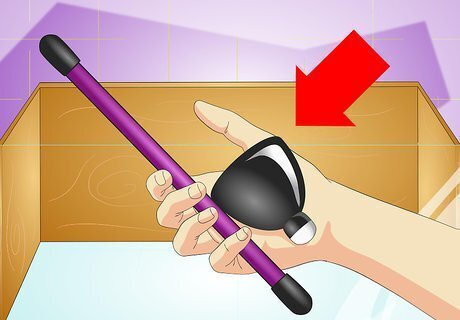
Install two bulbs. You will need two lights, a long tube light with UVA and UVB and a basking light. The first light will be full spectrum and provide your pet with UVA and UVB rays. This bulb will span most of the tank, but make sure to leave enough room on the other end for a basking light. On one end, install a bulb for basking. Your bearded dragon needs light for 12 to 14 hours a day. Bearded dragons must have a good source of UVB light in order to metabolize calcium and reduce the risk of having weak bones as a result of metabolic bone disease (MBD). You can either choose a separate UVB light and heat source, or a combined array. The latter are more expensive, but great in a confined space. Most commercial vivariums come set up to take a separate UVB fluorescent tube, plus a heat source.
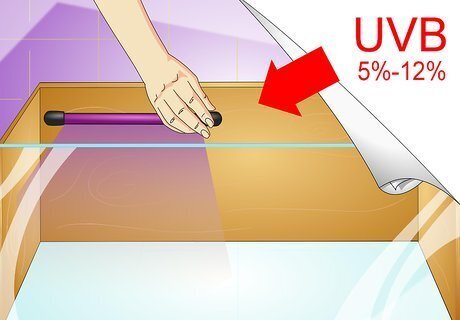
Choose the appropriate bulb. UVB bulbs range from 5% – 12%, with the more powerful bulbs providing more UVB, which is preferable for adult dragons. The 5% bulbs are appropriate for juveniles. Make sure the dragon spends most of his time within a 12 inch range of the UV tube, since there is a significant drop off in penetration after this distance, and the dragon receives limited benefit. Also, the UVB emission degrades after about six months of use, so either change the bulbs every six months, or take the bulb to a reptile specialist center with a device capable of reading the UVB output to make sure the lamp is still effective.

Install two heat sources. The vivarium should have two heat sources: a basking spot heat lamp that provides the vivarium's general heat along with the hot spot to bask in, plus a low-level heater to provide heat at the cool end or at night in places where the ambient temperature drops below 75 °F (23.9 °C). The heat lamp should be mounted at one end of the vivarium, out of reach of the dragon, and provide a basking spot temperature of around 95 °F (35 °C). The ambient heat should be placed at the cool end and only needs to have moderate heat output sufficient to prevent the cool end falling below 85 °F (29.4 °C). This heat could either be a wall mounted heat pad or a black ceramic light. To mount the lights, you can purchase lamp fittings or brackets from a pet store or an online store.
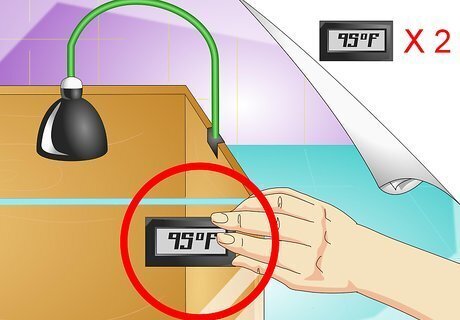
Place two thermometers. To monitor the temperatures and the gradient in the vivarium, you need two thermometers, one at either end. The most basic thermometers are simple circular dials that point to the temperature. For an optimum environment, it helps to put both the heat lamp and the auxiliary heater on separate thermostats (set to 95 °F or 35 °C at the warm end and 75 °F or 23.9 °C at the cool end) so the heaters automatically click on and off to maintain a steady environmental temperature. To install the thermometer, you can purchase fittings or brackets from a pet store or an online store.
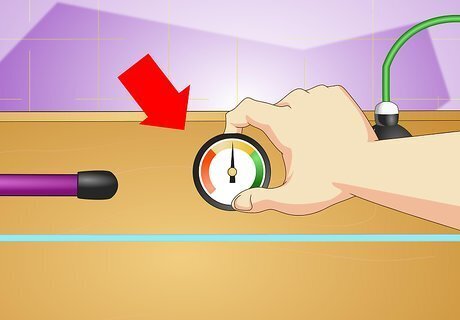
Install a humidity gauge. The vivarium needs to have low humidity because bearded dragons are from low humidity climates. Make sure there is a screen somewhere that allows airflow, and that will help keep the humidity from getting too high. To install the humidity gauge, you can purchase fittings or brackets from a pet store or an online store. Follow the included instructions for installation.
Setting Up the Vivarium Floors
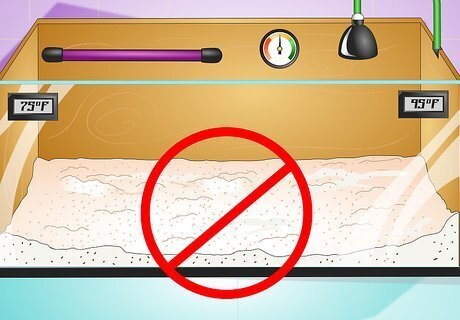
Pick the right flooring for the bottom. There are many products available to put in the bottom of the vivarium, but for various reasons many of those products labeled as suitable for vivarium are not actually safe. The risks are mainly those of gut impaction (if the bearded dragon scoops up some of the substrate when eating, and swallows it, it can form a blockage in the bowel), and toxicity (some of the products, especially wood shavings, contain oils that are potentially toxic to bearded dragons.) Don’t use any sand-based substrates. These are not digestible so when swallowed are likely to form a plug in the gut, which could prove fatal. Also avoid any pine or cedar shavings as the natural oils in these can be toxic.
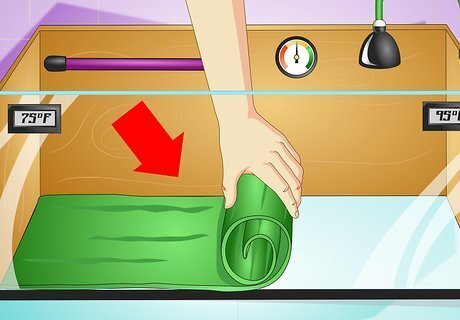
Find textured materials. For young bearded dragons, you can use reptile carpet, paper towels, newspaper, butcher paper, or non-smooth tile. The tile should not be smooth but have some grip so the bearded dragon can run across and not slide. When the bearded dragon becomes an adult, you can leave those things in the floor, or you can use silicone-free play sand that has been sifted. You can also use Repti-carpet, which is a tough type of felt-carpeting designed for use in vivarium. This is washable, so when the dragon soils it, you can remove the whole carpet and put in a spare. This does mean you need at least two pieces for an adult that poops once a week. However, this may not be practical for a juvenile which may poop a couple of times a day.
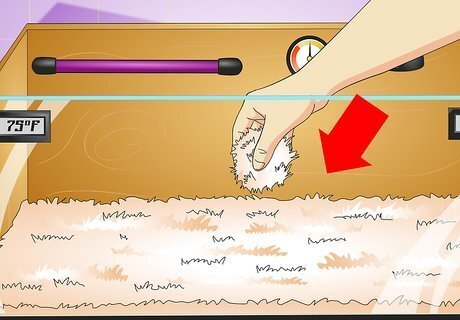
Try aspen shavings. A different flooring you can use is aspen shavings. These are a natural product and free from toxic oils. This is visually more appealing than newspaper, and lets the dragon dig if he wants to. However, you need to be careful the aspen doesn't get moist from spilt water, as the high temperature in the vivarium can encourage mold growths that are unhealthy for the dragon.
Setting Up Inside the Vivarium
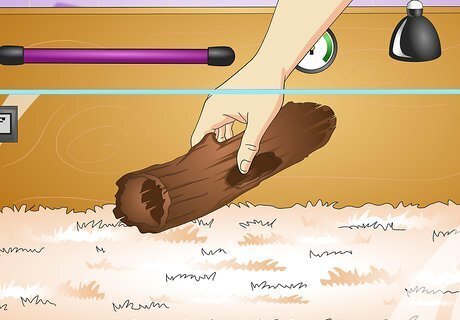
Choose a hide. Hides are commonly ceramic and made to resemble a rock, cork, or bark. These have the ability to absorb some of the vivarium heat, which makes it a cozy retreat for the dragon. The hide should be big enough for the adult dragon to fit comfortably inside and be able to turn around.
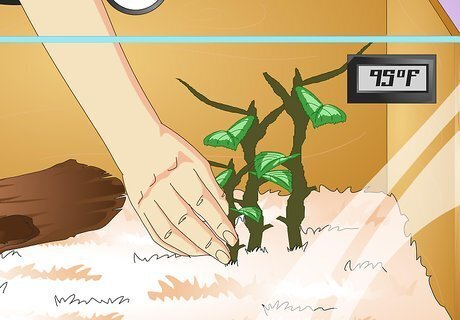
Set up a basking spot. You need to provide a basking spot, which is a place the dragon can climb up to get closer to the heat source when he wants to warm up quickly. This could be something as simple as placing the warm end hide under the heat lamp, so the dragon can climb on top to bask if he wishes. You can also arrange tree branches in a position to allow the dragon to climb up to be near the heat source. Always make sure the dragon is at least six inches from the heat source. Direct contact will cause serious burns. In addition, if the heat lamp bulb is exposed within the vivarium, enclose it in a safety cage so the dragon is not able to directly contact the hot bulb.
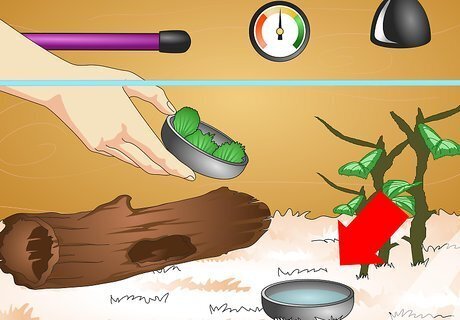
Add water and food bowls. Your pet needs to be able to eat and drink comfortably in his vivarium. Put in a large, ceramic water bowl with a low lip so the dragon can drink if he chooses. Also get a large ceramic bowl in which to place vegetables or live food as appropriate for your dragon.
Adding Decorations
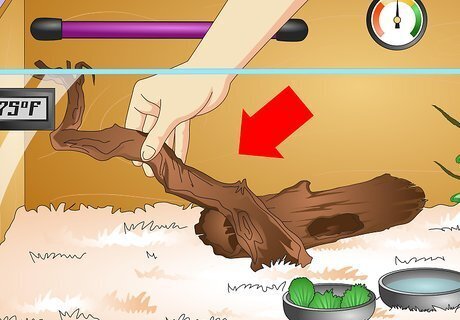
Add other furniture. You can add extra things in the vivarium to improve your dragon's quality of life. Other furniture you can add to the vivarium includes sturdy sand-blasted and sterilized branches. This means they are free from parasites and bacteria which could potentially grow in the warmth of the vivarium. Arrange the branches so they are on a gentle upward incline, to allow the dragon to climb if he wants.
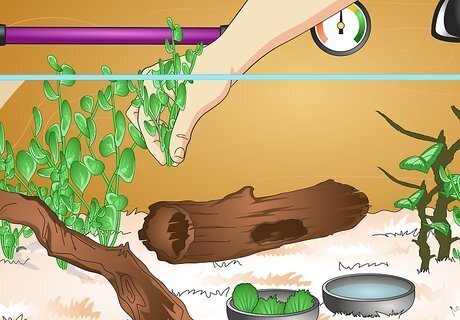
Place some plastic green plants. Plastic imitation plants give the illusion of greenery to the vivarium. Don’t put live plants in the vivarium; keeping them is very difficult. Live plants will wilt because of the heat, and watering the plants increases the humidity, which encourages mold. Plastic imitation plants look great and are easy to deal with.
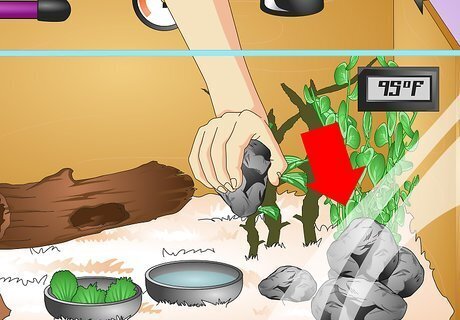
Add decorations. In addition to plants, the hide, and a branch, you can place additional logs, bamboo shoots, and rocks in the tank. You can even build a rock structure. This will give him more things to walk through and make it nicer for you to look at.

Put a tank background on the tank. If you have a glass tank, get a tank background to place on the back of the tank. It helps make your pet feel more secure than a blank spot. Plus, it will be nice to look at for you and your family.

Consider a reptile hammock. You can buy reptile hammocks for your bearded dragon. Dragons seem to really like hammocks. This will give him a place to lay and enjoy himself.
















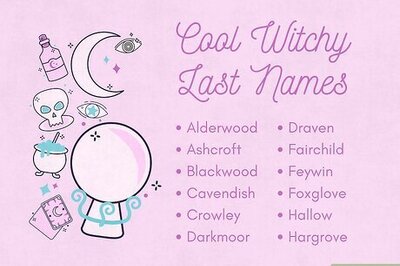

Comments
0 comment